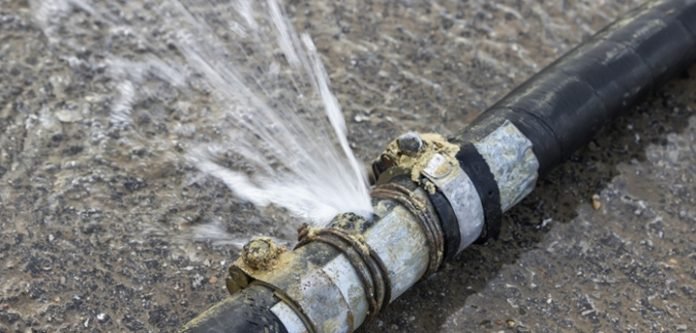An audit report on non-revenue water has revealed that Kenya is losing over US$80m annually through water leakages, wastage and illegal connections.
The report done by the Water Service Regulation Board [WASREB] for nine water service providers in the country attributed the loss to burst in connection pipes, illegal connections, faulty meters, unmetered supply, and water wastage by consumers among others.
“54.6 percent of the water produced does not reach consumers in the county, and 18.6 per cent of that figure is lost through metering inaccuracies and theft while 35.9 percent lost through leaks and spillage.” Part of the report reads.
Non-Revenue Water (NRW) is water that is produced for consumption but lost through leaks, illegal connections, and inaccuracies before it reaches the consumers.
Loses up to 430,000 cubic metres (430 million litres) of drinkable water are recorded every year.
“Kenya loses more than 42 per cent of its drinkable water to non-revenue water, compared to Japan whose vigilance sees it lose only three per cent of its water resources through (non-revenue water) waste,” says Isaac Kimani from the Ministry of Water and Sanitation.
However, some counties like Kakamega have shown positive response by improving their meter reading accuracy to about 90 percent, while Nyeri Water Service Provider has shown the best NRW level at 16 per cent.
Earlier in the year, Japan International Cooperation Agency (JICA) carried out a research on the country’s water resources. The study suggested that minimized water losses would see the country make use of most of its water resources and facilitate the enhancement of the existing measures to develop and sustain water resources, such as the protection of water towers.
To mitigate the effects of non-revenue water, Kenya is looking to invest in more water pans and earth dams to collect storm water in the rainy season for domestic use and for irrigation, to lessen the pressure mounted on potable water resources.




